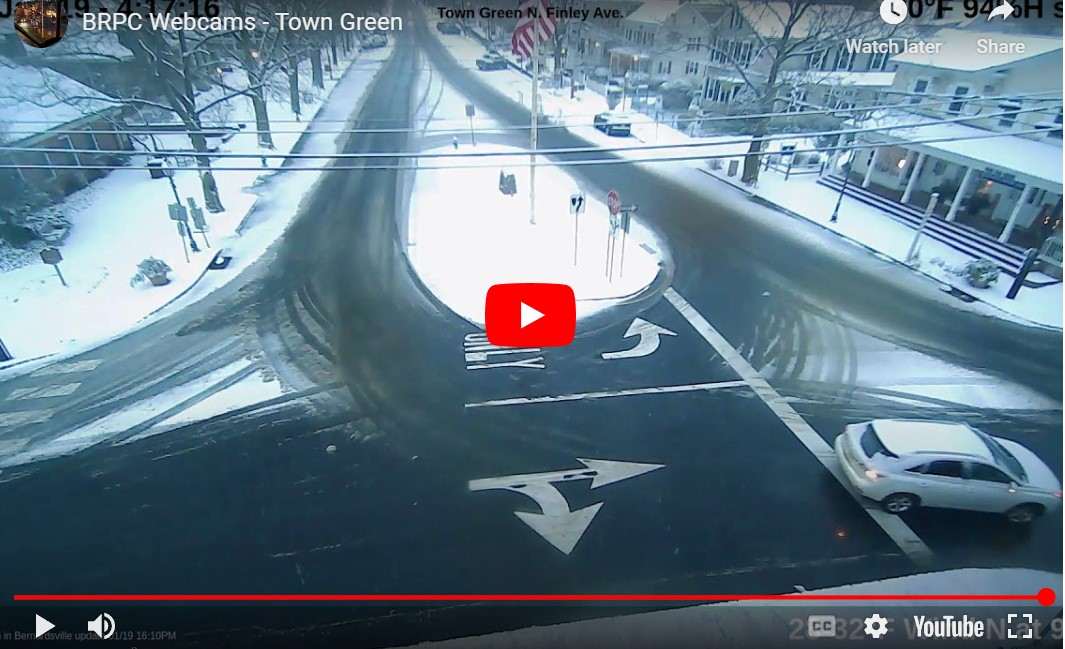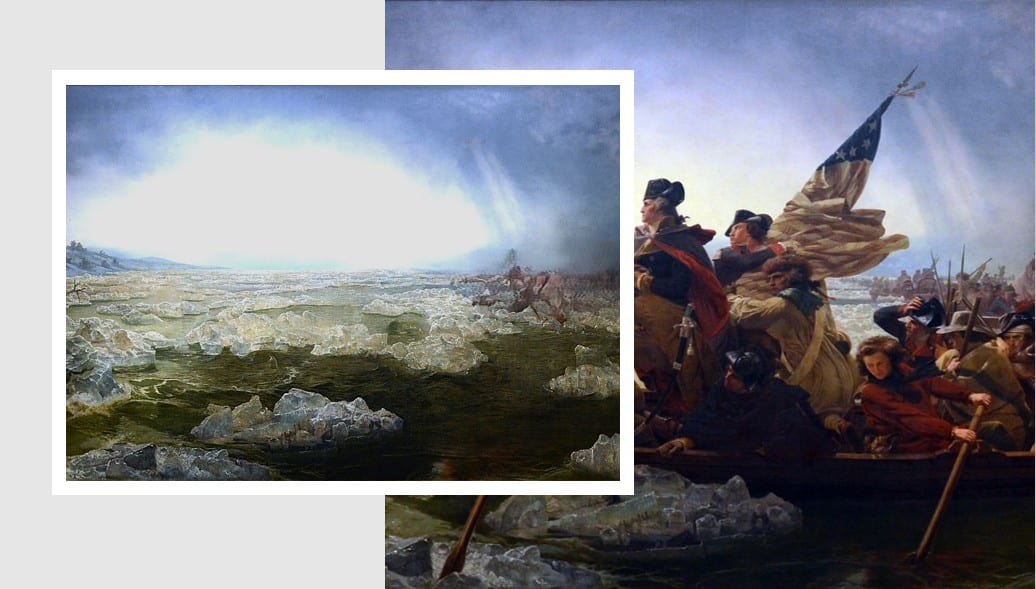
John Morton was a Colonel in the Continental Army. Still, he relinquished his commission in 1761 to become a highly successful merchant, specializing in the trade of flax from his native Ulster in Northern Ireland, thereby supporting the country’s linen industry. He became one of the wealthiest men in New York City before the Revolution, and he described himself as a self-sacrificing patriot during the struggle for Independence.


As a wealthy merchant, Morton became known as the “Rebel Banker” for lending large sums to the rebel cause. In 1775, Morton liquidated most of his capital to support funding the Revolutionary War effort, which was often not approved by the Continental Congress. Call him the war’s “alternative funding source.”
After the capture of New York City by the British, John and Maria Sophia Morton were forced to flee with their six children to Elizabethtown, New Jersey, where they remained for several weeks in a house in Springfield with five other families, who were also fugitives. Not feeling safe, they decided to go beyond the “Long Hill” and settled in Basking Ridge in 1776, where they called for their belongings from New York City.
There is a reference to another John Morton from Pennsylvania who signed the Declaration of Independence, but there is no relation.
John Morton and General Washington
In Basking Ridge, the Mortons supported Washington’s troops in the nearby Morristown encampment, establishing the 1779 army cantonment hospital on their land and providing housing for medical staff. On several occasions, George Washington and members of his senior staff dined with the Mortons at their family home. He was given special praise on the occasion of Independence Day in 1777.


The Morton Family
The Morton family was highly prominent in Basking Ridge. Connected to Elias Boudinot just up the street, and also had deep relationships with William Alexander, aka Lord Stirling, who lived just to the South in Basking Ridge as well. Commander George Washington also visited and dined with the Mortons at their home in Basking Ridge.


One of my first memories of the war was my father, who was always attentive to every officer of the army, called on General Lee, and invited him to breakfast the next day. He accepted, but as he did not appear at the appointed time, Mr. Morton became impatient, and walked up the hill to meet his expected guest. On his way he encountered the country people running in great consternation, exclaiming, ‘The British have come to take General Lee!’ My father hurried on, and saw Lee, without hat or cloak, forcibly mounted, and carried off by a troop of horse; and as he had but few attendants, but little resistance was attempted. One of his men who offered to defend him, was cut down and wounded by the sabers of the horsemen. He was brought to our house where he was taken care of until he was carried on a litter to a surgeon in Mendham.
John Morton’s daughter Eliza writes about her early days in Basking Ridge about the December 13, 1776 capture of General Lee at Widow White’s Tavern just down the street near Colonial Drive.
The Morton house was a two-story home halfway down the hill behind the church. Studies indicate that the early colonists in this region adopted the “half-timber” style of construction, popular in Europe, using a frame of braced timbers filled with masonry. The “bank house” was a popular domestic form during this period, typically constructed on a hillside to protect against the region’s cold winters and hot summers. On one side, the parlor windows were level with the ground, and on the other, a high porch with seats. Steps lead to the 2nd story. In front was a small courtyard, as gardens flanked the hill. Furnished with their belongings from New York, it was called a “gentleman’s residence.” The Boudinout estate was a mere half mile up the road. Lord Stirling’s “The Buildings” were two miles down the road. In addition to his home, he owned a nearby grist mill in Veal Town (most likely the stone-reconstructed Van Dorn Mill)
The Mortons and Rochambeau March – 1781
While lacking the strength to take the offensive against British strongholds, the army nonetheless could contain the British and fend off attacks as long as it remained in its positions in the Hudson Highlands and the hills of New Jersey, including the Watchung Mountains. The combination of Gen. Rochambeau’s and Gen. George Washington’s forces culminated 15 months later in the victory at Yorktown.

Records indicate that during their march to Yorktown, the French stopped at Morton’s home, near where the hospital had once stood. The map above shows the route from Morristown, which stops in Basking Ridge and Liberty Corner (Bullions Tavern), now the site of the English Farm. It was said that up to 10,000 mobilized troops were present.
The Washington-Rochambeau Revolutionary Route National Historic Trail marks the 680 miles of land and water trails that follow the route taken by General Washington and General Rochambeau to and from the siege of Yorktown. It passes through New Jersey, following many roads that have existed since the 18th century, traversing towns large and small, offering unity to the numerous communities along the way.
Morton Place – The Home on the Hill


Later, Dr. Amandee F. Voorhees, MD, purchased the property as shown on the 1873 map above. He then sold the property to the Stevens family of Castle Point (Hoboken), who used it as a fresh-air home in connection with the Episcopal Church. They then sold it to John J. Allen, who owned a number of properties in the area, who sold some of the land to the Basking Ridge Presbyterian Church and the rest to William Childs Jr, the restaurateur. Allen, a member of the BRPC, donated all but three acres to the church. Then, in May 1911, the house and three acres were sold to Mathilda Greulock, who lived there in 1911. (Somerset Hills Historical Quarterly Vol . 3 -1914). We are still investigating the actual property today.
John Morton’s Burial
John Morton’s daughter Eliza Morton recorded in her diary that her father, John Morton, died on April 24, 1781, and that Reverend Samuel Kennedy of the Basking Ridge Presbyterian Church conducted his funeral. It was stated that Colonial Elias Boudinot, who lived just up the street, was the executor of Morton’s will. Morton was buried on the hill behind the Basking Ridge Presbyterian Church on his property.

At the end of the war, John Morton’s wife, Maria Sophia, returned to New York with her children. An incredible tale of a farmer’s son from Ballynougher, Ireland, sharing a table with George Washington, and playing a significant role in the most important event in the history of America.
Read Eliza Morton Quincy’s recollection of her family’s experiences in Basking Ridge, New Jersey

Additional Information
- John Morton b. 1711 Dawson’s Bridge, Co. Antrim, Ireland d. Apr. 24, 1781
- Maria Sophia (Kemper) Morton b.May 25, 1738 d.Sep. 22, 1832, at 94 in Boston. Married in 1760. Maria’s brother John Kemper was John Morton’s brother-in-law and supplier to General Washington and the Continental Army.
- Jacob Morton—b.1761 d.1836—August 15, 1794, Major General—occupied the house after his marriage in 1791 and commanded the Militia.
- John Morton – b.1765 d. 1835 in Philadelphia, PA – signer of the Declaration of Independence – no known relation.
- Mary Margaret Morton- b.1772 d.1852 in New Windsor, CT. Married D. Ritzemar Bogart
- Eliza Susan Morton – b. Sept. 26, 1774, in NYC, married Josiah Quincy III d.1850
- Washington Morton – b.1776 Elizabethtown, married Cornelia Schuyler (Alexander Hamilton’s wife’s sister). d.1808 in France. Noted as the FIRST child EVER named after the Commander in Chief George Washington.
- George “Clark” Morton: b.1752 d. November 1821
- How a 4 home plan got bumped due to a Hospital Rumor – 2007 – The applicant, Ridge Custom Homes, LLC, sought to redevelop two adjoining lots that total 5.29 acres on East Craig’s south side opposite Berta Place. The lots include homes at 25 and 35 East Craig St., each of which would be demolished.
- John Morton’s Death – Basking Ridge, New Jersey
- Medical Journal and Dr. Tilton’s hospital drawing
- The Story of an Old Farm – a great history read.
- Morton Family Genealogy
- Memoirs of Colonel Sebastian Beauman and His Descendants : With Selections from His Correspondence (Book) Page 53 onwards.
- Eliza Susan Morton Quincy, Memoir of the Life of Eliza S.M. Quincy (Boston: J. Wilson and Son, 1861) page 19. Available on Google Books.
- Quincy wrote in 1821 when she was the wife of Josiah Quincy, who would later become Mayor of Boston. In a prefatory note, she explains, “In compliance with the request of my children, I have written from memory and from the recollections of my mother, now residing in our family and eighty-three years of age, the following narrative of some events in the lives of my maternal ancestors and of my own early life.”
- Eliza was born in 1774, so she would have been very young when the hospital was here. Her mother’s memories helped her recall some details about the hospital.
- A portrait of Eliza, painted in 1809 by Gilbert Stuart, is housed in the collection of the Milwaukee Art Museum. A photo of the painting can be viewed on the Milwaukee Art Museum website. Gilbert Stuart is best known for his paintings of George Washington, including the one that is the basis for the image on the one-dollar bill.












